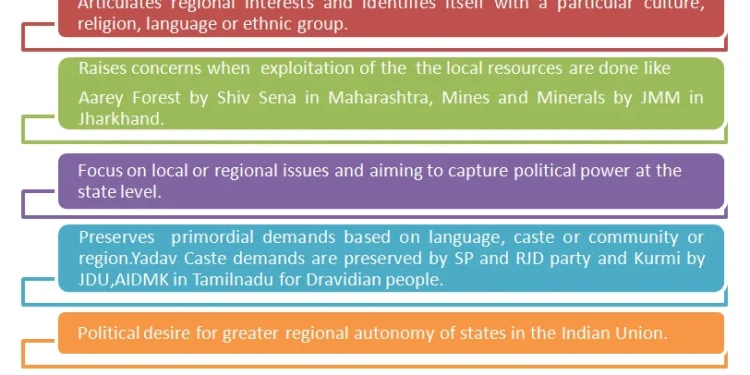While national parties like the BJP and Congress often dominate the headlines, regional parties play a pivotal role in shaping India’s political landscape. In 2025, their influence has only grown — not just in state capitals but in the heart of national policymaking.
📌 Why Regional Parties Matter More Than Ever
- Coalition Governments
In an era where no single party can always secure a massive majority, regional parties hold the balance of power. Their support is often the deciding factor in forming governments or passing crucial bills. - Voice of Local Issues
From language rights to land reform, regional parties bring ground-level realities into national discourse that otherwise get sidelined by larger narratives. - Cultural and Ethnic Representation
These parties ensure that diverse linguistic, ethnic, and cultural identities have a platform in Indian democracy.
🌍 Key Regional Parties and Their National Impact in 2025
| Party | State | National Role |
|---|---|---|
| TMC (Trinamool Congress) | West Bengal | Vocal critic of BJP; key opposition in Parliament |
| DMK (Dravida Munnetra Kazhagam) | Tamil Nadu | Influential in social justice debates and federal reforms |
| AAP (Aam Aadmi Party) | Delhi, Punjab | Expanding influence; strong on urban governance and education |
| BJD (Biju Janata Dal) | Odisha | Neutral party; often a swing vote in Rajya Sabha |
| YSRCP | Andhra Pradesh | Pro-development voice; supports central policies selectively |
| SP (Samajwadi Party) | Uttar Pradesh | Growing influence in youth and backward caste politics |
| NCP & Shiv Sena (UBT) | Maharashtra | Part of INDIA bloc; key for anti-BJP coalitions |
🗳️ Regional Parties in Lok Sabha Elections 2024-2025
- INDIA Bloc Formation: Many regional parties like DMK, RJD, SP, and TMC formed alliances to counter the BJP-led NDA.
- Voter Mobilization: They played a vital role in ensuring caste, community, and local issue-based turnout.
- Negotiations and Seat Sharing: Regional parties demanded a bigger share of seats and respect in leadership roles, showing their bargaining power.
🧩 Policy Influence at the Centre
Regional parties have influenced national policies in areas such as:
- Language Policies (DMK opposing Hindi imposition)
- Federal Grants and Resource Allocation (BJD, TRS lobbying for more autonomy)
- Farmer Protests and Agrarian Reforms (SP, RLD, AAP highlighting rural distress)
- Secularism and Minority Rights (TMC, AIMIM, DMK standing against CAA/NRC)
⚖️ Challenges Regional Parties Face
| Challenge | Impact |
|---|---|
| National Media Bias | Less coverage compared to national parties |
| Centralization of Power | Threats to federalism and state autonomy |
| Defections and Splits | Internal instability (e.g., Shiv Sena split) |
| Limited Funding | Struggle to compete with BJP/Congress financial power |
🔮 The Road Ahead: Future of Regional Politics
- Rise of Federalism: Expect louder demands for state-specific autonomy in education, health, and language.
- Pan-India Aspirations: Some regional parties (like AAP, TMC) are expanding beyond their states.
- Youth and Tech-Driven Campaigns: Regional leaders are now leveraging digital platforms to connect with voters nationally.
📝 Conclusion
India’s political fabric is deeply woven with regional aspirations, identities, and movements. Regional parties are no longer confined to their states — they are kingmakers, policy influencers, and voices of democracy. As Indian politics evolves, these parties will continue to shape the direction of national governance in a bottom-up, people-first way.































































